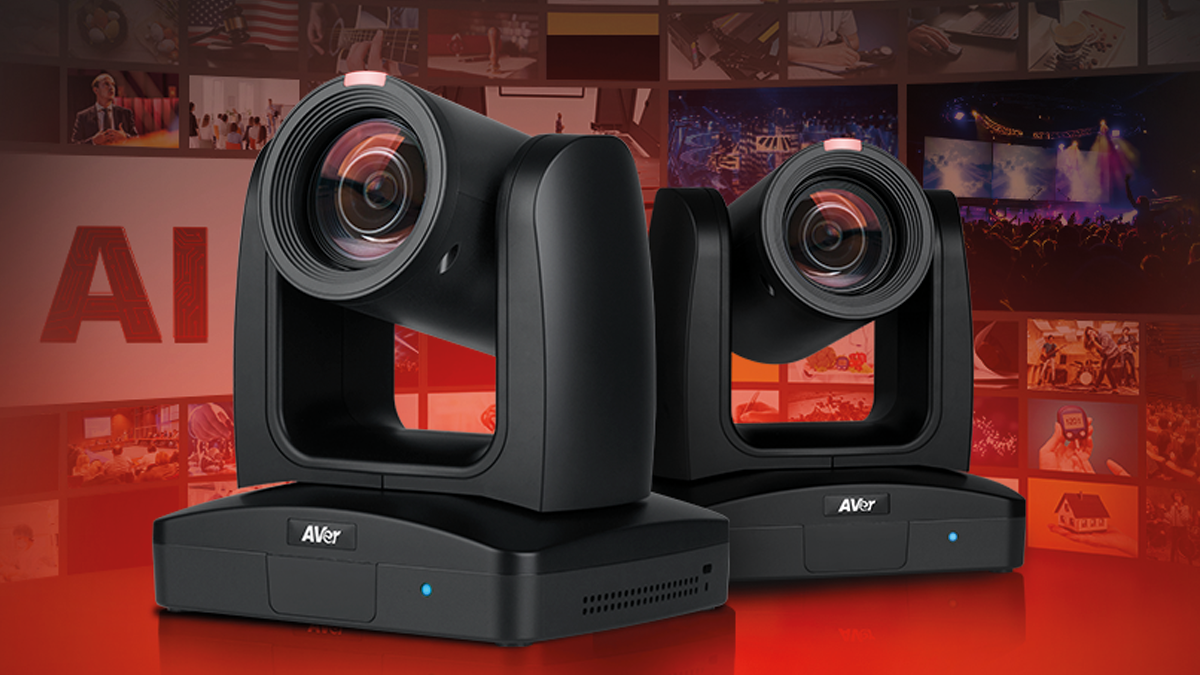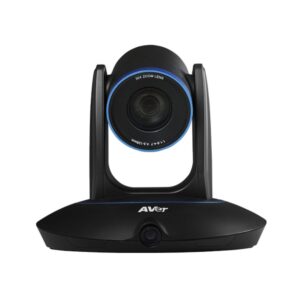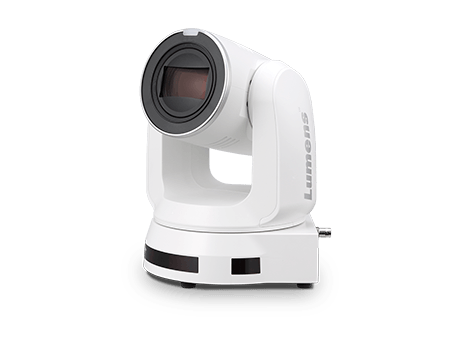
PTZ cameras, what does that mean?
PTZ, an acronym for PAN/TILT/ZOOM, identifies a particular type of professional motorised camera where the lens unit can be moved and orientated in a certain way according to the needs of the shot and where the user can control the movement and position of the lens remotely via the web, via specific software or by remote control. In this way, the presence of an operator on site is not required.
In particular:
- PAN is the horizontal (right/left) movement of the lens. It can be up to 340° (±170°), which means rotating (almost) completely
- TILT is vertical movement (up/down), up to 120° and more
- ZOOM is the ability to vary the focal length of the lens, widening or narrowing the angle of view and thus moving away or closer to the subject you are shooting. You can go up to a magnification of 30 x!
Note, however, that not all remotely controllable cameras are necessarily PTZ, in the sense that they may have fewer degrees of freedom in the movement of the lens.remotely controllable cameras are necessarily PTZ, in the sense that they may have fewer degrees of freedom in the movement of the lens.
PTZ cameras have enjoyed great success in recent years because they elegantly solve a number of problems and offer much higher quality than standard webcams (minimum FHD 1080p); for this reason they are suitable for a wide range of applications. They can be used from urban surveillance to broadcasting (television studios); they can be used in meeting rooms, boardrooms, classrooms, classrooms, places of worship, and even videoconferencing and distance learning. the latter are the areas we are most interested in... the latter are the areas we are most interested in...
The features of a PTZ camera for web meetings
Assuming that the typical use of these cameras is in conference rooms where a PC/laptop (or mini PC or NUC, Next Unit of Computing) is used as the source unit, equipped with the software client for video calling, let's see what advantages they have for these applications.
First and foremost, installation flexibility. Thanks to their compact size, they can be mounted on a wall, ceiling, pole, tripod or simply placed on a desk. They can be concealed in the upper corners of the room or in otherwise discreet positions.

The presence of a powerful optical zoom makes it possible to get closer to the subject even when the PTZ is far away from it, making it particularly useful for large halls or auditoriums. In some cases, there is a second lens that acts instead as a wide-angle lens with an ultra-wide field of view, up to 120°, to keep track of the speaker while capturing the overview of the room.
Face detector and subject tracking allow the camera to follow the face of a moving person and focus on it automatically. This is a feature found on professional PTZs with face recognition, such as the Aver PTC 500S.
As with digital cameras, the face detection system also works in 'multi-user' mode, so it recognises when there are two or more people in the relevant area, a useful feature for business video conferences as well as for distance learning. When webinars take place in rather large venues, it can be useful to extend the coverage area by adding more PTZ cameras. One product that lends itself to this purpose is the Lumens LC200 CaptureVision Station, an all-in-one multimedia processor that allows you to simultaneously mix four video sources (in this case, PTZ cameras with HDMI output, but also IP and RTSP streams), switch between them, record, stream, etc. In addition, it has four audio line/MIC inputs.
PTZ cameras for distance learning
Distance learning can also benefit from the features of PTZ cameras. Both in terms of video quality and versatility, as well as ease of use, these devices are becoming increasingly popular in classrooms. The advantages are basically the same as those already seen for business meetings, first and foremost the simplicity of installation and use, an aspect not to be overlooked by a lecturer. The unique algorithms inherent in devices such as the PTZ Aver or Lumens enable automatic tracking of the presenter's face and movements. Presenters can thus move around the room without having to wear accessories to allow the camera to track the subject. You no longer have to worry about connection limitations, upload security or the extra expense of a wearable device: you can concentrate on creating interactive teaching at zero distance, all in an extremely easy way.

Another interesting feature is related to the tracking modes. In some autofocus models there is a large tracking area that gives the presenter the flexibility to move away from the stage and interact with the audience or students, while continuing to be followed even if obscured by other people or objects. In this case, the autofocus also acts by movements in the direction of the camera.
Then there is the tracking mode on the stage, which allows the target to be followed as it moves across the stage from left to right, thus parallel to the projection screen or interactive whiteboard. Finally, segmented tracking allows a certain number of 'content' zones to be defined in advance, enabling their immediate recognition based on the movement of the presenter or lecturer. In this way the focus is on the content rather than on the person.
PTZ IP Cameras
PTZ cameras are also available in an IP version. Remember that an IP camera not only transmits images via a LAN, but as a network device it can also be controlled using appropriate protocols. Although they are conceptually identical to the standard models discussed above, with IP models there is no problem with having to wire several signals, as power supply (PoE++), video flow and control are handled by a single network cable.
Among Pan Tilt Zoom IP cameras, a sub-category is wireless cameras, which allow images to be captured in environments where only a Wi-Fi connection is available. By environments, we also mean public places in public areas in hotels, residences, offices, companies, warehouses and wherever images need to be captured or recorded; for this reason, they are mainly used in the video surveillance field.

An example of broadcast-quality PTZ IP is the new Lumens VC-A71P.
This camera offers 4K image quality up to 60 fps, but of course also allows lower resolutions such as FHD 1080p and HD 720p. Equipped with a 30 x optical zoom with low optical distortion, it supports 12G-SDI, HDMI, Ethernet.
All 4K resolution video outputs are available simultaneously.
